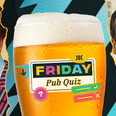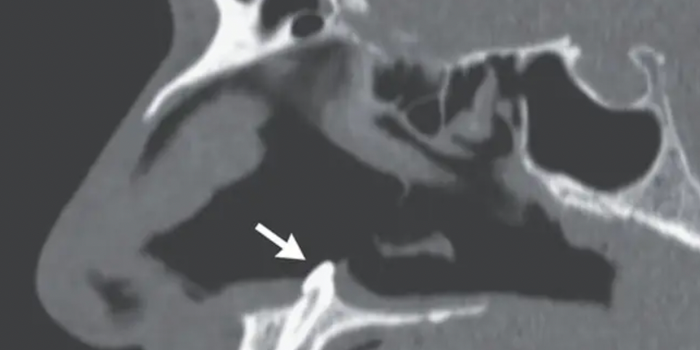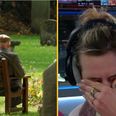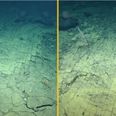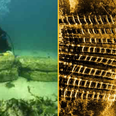Warning: this article contains graphic images
A man was left in shock when he was told that the reason he was struggling to breath through his right nostril was that he had a tooth growing in his nose.
The 38-year-old went to a clinic after experiencing breathing problems through his nose for a number of years.
On initial examination doctors found that he had a deviated septum, meaning that that the thin wall between his nostrils was displaced to one side.
However the man reported no facial trauma or facial abnormalities.
It was only after doctors performed a rhinoscopy that they discovered a white object lodged in his nostril.
This turned out to be an ectopic tooth, which was growing in his nose.
In medicine, the term ectopic is used to describe something that is in an abnormal place or position.
The case was reported in The New England Journal of Medicine by Sagar Khanna and Michael Turner.
They wrote: “Physical examination of the nose showed a septal deviation, calcified septal spurs, and a 2-cm perforation in the posterior septum.
“On rhinoscopy, a hard, nontender, white mass was observed in the floor of the right nostril (Panel A).
“Computed tomography of the paranasal sinuses showed a well-defined, radiodense mass consistent with an inverted ectopic tooth in the nasal cavity (Panel B, arrow), which was thought to explain the obstructive symptoms and septal perforation.
Image Challenge Follow-up: A patient presented to the otolaryngology clinic with difficulty of breathing through his nostril. Rhinoscopy and computed tomographic imaging showed an inverted ectopic tooth in the nasal cavity. https://t.co/nKsfFlEtJC pic.twitter.com/m87hW0VaXo
— NEJM (@NEJM) December 6, 2021
“The tooth was removed during oral and otolaryngologic surgery by means of an intranasal approach and measured 14 mm in length. There were no postoperative complications.
“At follow-up three months after surgery, the patient’s symptoms of nasal obstruction had resolved.”
An information sheet from the NHS Queen Victoria Hospital, Grinstead, explains more about ectopic teeth, how they are caused and the risks they pose.
It says: “Sometimes one or more teeth develop in the wrong position, end up getting stuck and remain buried in the jawbone under the gum.
“The most common ectopic teeth are the canine teeth in the upper jaw.
“The main risk of this is that the tooth can bump into the roots of other adult teeth and cause damage.
“Sometimes this can make them feel wobbly and eventually need to be removed. A cyst can also form around the buried tooth.
“Some people have a baby tooth left in their mouth, which has not been naturally pushed out by the buried adult tooth.
“This baby tooth over time may eventually be lost leaving a gap or require further dental treatment to replace it.”
Related links:
RELATED ARTICLES






MORE FROM JOE
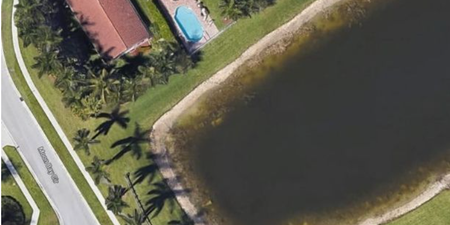

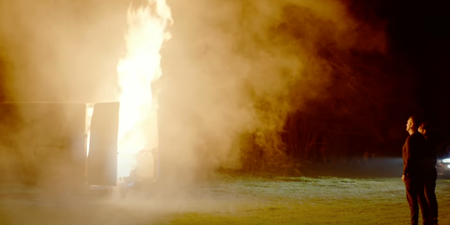
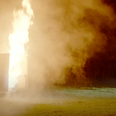






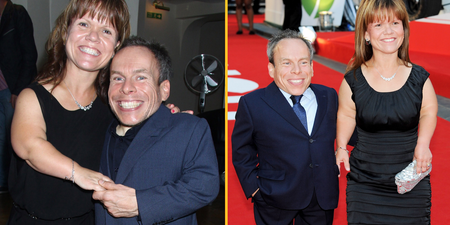













MORE FROM JOE









